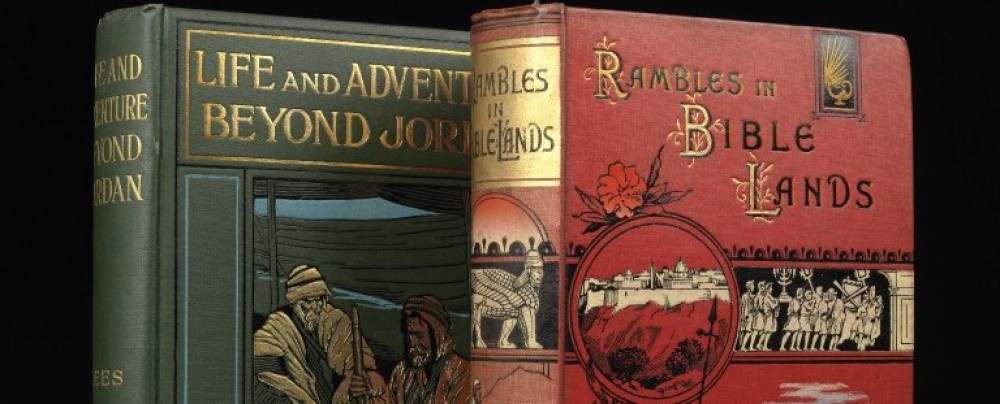Those with an interest in Scottish church history are likely to be very familiar with Thomas Chalmers and the role he played in the Disruption of 1843 but how many know much of his West Port experiment?
In the early decades of the 1800s, the Church in Scotland was very much concerned with the social and moral welfare of the country. Industrialisation had contributed to urban poverty and over time Chalmers had developed his idea of a territorial ministry which he saw as a way of helping the poor to reclaim their dignity through helping themselves. He was against the idea of legal poor relief, preferring instead to effect change within small areas through an aggressive policy of encouragement and support offered by Church visitors, teachers and other advisors.
Edinburgh’s West Port offered Chalmers an ideal testing ground for his experiment, one which could be used as a model for expansion. During the experiment, the scheme developed and offered – at a small cost to the local families – day schools and evening schools. Sabbath schools, church services, a Savings Bank and a Library were also put in place and an army of supporters, visitors and teachers, including many divinity students, was raised.
The experiment was not without its challengers and discussion and debate as to its success were rife. It was, however, successful enough for similar territorial ministries to develop in Edinburgh, Glasgow and further afield and individual success stories amongst the urban poor were reported.
The above outlines the facts of the matter but the Thomas Chalmers Collection held in New College Library offers researchers an intimate and often telling insight into the church and social history of the time. The photographs and quotes below give a taste of this.
The West Port territory:

(MSS. CHA 5.13.318)
and the West Port church as it would be:

(MSS. CHA 5.13.282)
We can read a description of the West Port area at the time, see for ourselves the ‘deprivation and depravity’ which Chalmers and his supporters wished to address. The paragraph below is from a report by Rev. William Tasker who began work as a missionary in West Port in 1845:
‘We remember of having the seventh successive door slapped in our face ere we had time to tell our message, and of then going to another tenement and entering house by house only to find men and women rolling on the floor of a desolate dwelling in indiscriminate drunkenness; whilst mingling with their curses and their blasphemies, the heart-piercing looks and cries of their infant children assailed us with irresistible appeals for bread to allay the cutting pangs of hunger.’
The same report also makes it clear that at least one person was willing to take significant steps to avoid the ‘do-gooders’ recounting that one man had moved from the West Port to somewhere more expensive because ‘Indeed, doctor, to tell you the truth, I could not get peace yonder with ladies and gentlemen coming in and saying, ‘Go to church, go to church;’ so I just flitted here to get peace.’
(MSS. CHA 5.13.291)
The minutes of the West Port Local Society offer further insight into the particularities of successes and failures while yet other papers give details of The Regulations for the Ladies’ School Committee – making it clear that the ladies should defer to the gentleman when important decisions were to be taken.


(MSS. CHA 5.13.278)
Architectural and building costs, names of specific individuals involved in the endeavour, either as subscribers or activists and much more detail can be found, including information on Chalmers’ health at the time.
If you would like to find out more or to consult the relevant papers within the Thomas Chalmers archive, please do get in touch. A wealth of fascinating information awaits you.
Gina Headden, IS Helpdesk Assistant, New College Library.
